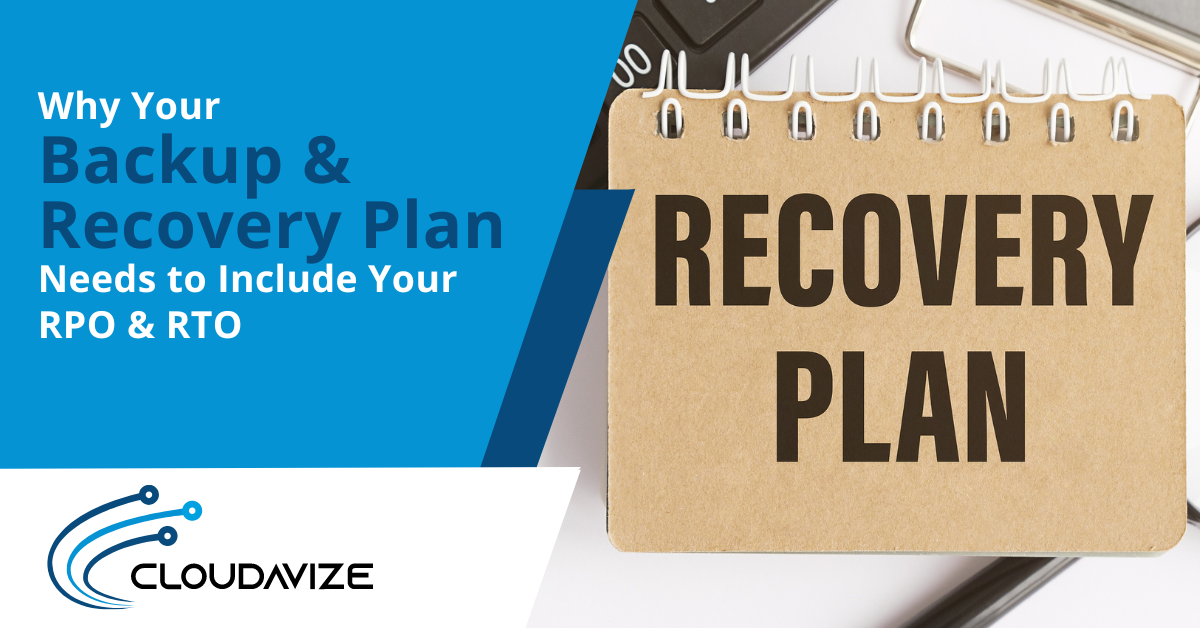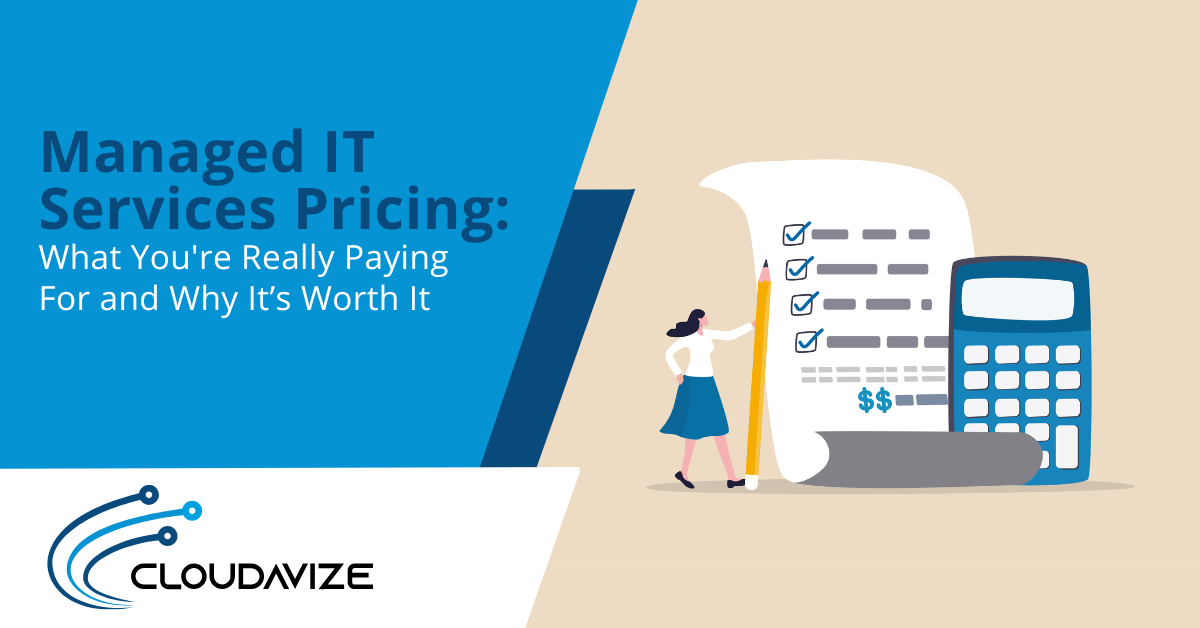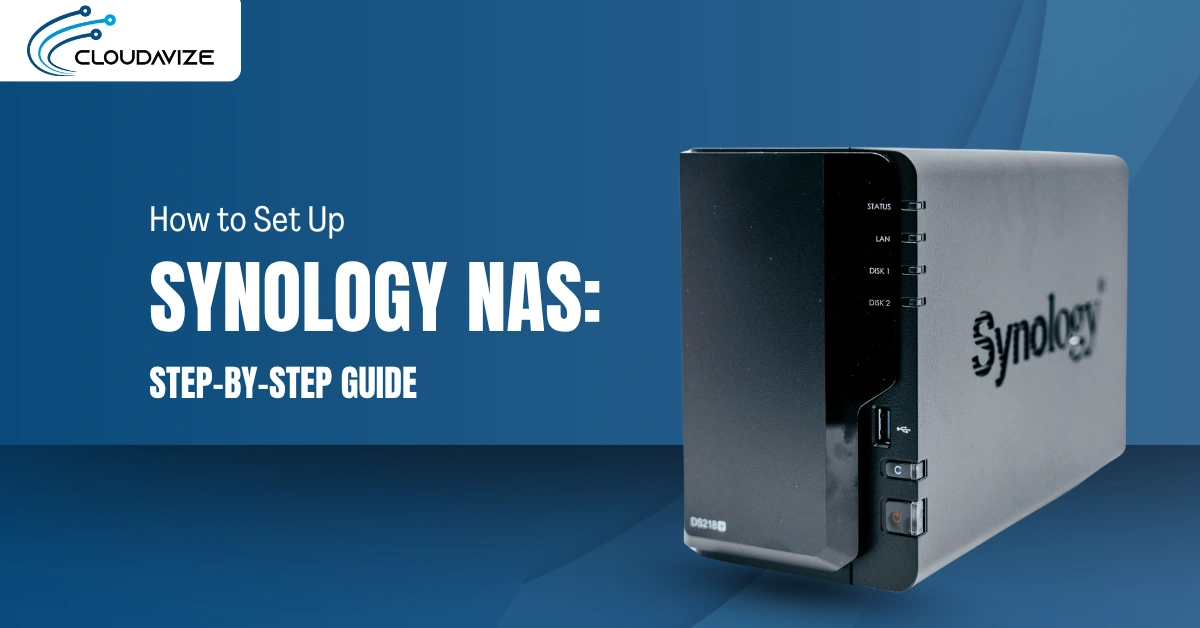The threats to technology infrastructure are many. A company can suffer a server crash or SaaS outage and be without critical applications. Hardware can fail, software can glitch, and ransomware and other malware can take a company down for days.
Without mitigation and recovery measures in place, it could be difficult to ever fully recover. According to a FEMA report, between 40-60% of small businesses never recover after either a natural or manmade disaster, which includes IT-related downtime.
It’s vital to have a backup and recovery plan to protect from extended downtime after any type of incident. Because companies are so software and data-dependent these days, they need to have processes in place that can restore all data as fast as possible.
Another risk of not having a proper backup and recovery strategy is that you may have to pay a ransomware attacker if your systems are infected with ransomware.
Even large companies like Colonial Pipeline and JBS (the world’s largest beef and pork supplier) have made mistakes with their backup and recovery. Both opted to pay their attackers millions of dollars in ransom because they weren’t properly prepared to restore their data.
One of the errors companies make is never testing their data restoration. Approximately 23% of businesses never test their data recovery plans. So, when an emergency hits, they’re unprepared and in the dark.
Another mistake is leaving out two essential components of backup and recovery, which are Recovery Point Objective (RPO) and Recovery Time Objective (RTO).
Table of Contents
What RPO & RTO Are & Why They’re So Important
Data loss is all too common. 74% of surveyed businesses said they have experienced data loss within the last five years, and 52% said they could not recover all their data after a data loss incident.
Simply installing a backup app on your devices and backing up data in the cloud is not enough to ensure you’re not one of those companies unable to recover data in full. Your backup and recovery plan needs to cover all your bases including RPO and RTO.
Here’s an overview of each of those components and why they’re important.
What Is Recovery Point Objective?
How much data can you afford to lose if you get struck with ransomware and need to restore a backup? One hour’s worth? One day’s worth?
This is the question that your recovery point objective will answer. The RPO is the point at which you want the ability to recover your data. This could be 12-hours if you do not want to lose more than half a day’s worth of generated or collected data. Or it could be 1-hour if you want to risk even less data should you suffer data loss.
One other component to consider with your RPO is how far back you want the ability to recover data. For example, if an employee accidentally deletes some important folders from your cloud storage and it’s not discovered for two weeks, do you have a backup old enough to recover that information?
You need to think about these things when deciding on your RPO:
- The cost of cloud storage to store multiple backups of all your data (more frequent backups mean more storage is needed)
- Who will decide which backup to use in the case of a data loss incident
Your recovery RPO is vital because it dictates the frequency of your data backups and how long backups are retained.
What Is Recovery Time Objective?
How long will it take you to recover data to your systems once you begin the data restoration process?
This is a question that too many companies can’t answer. This is why they end up opting to pay a bitcoin ransom to an attacker even if they have a backup. Both Colonial Pipeline and JBS leadership stated that they thought paying the ransom would be faster than restoring their backed-up data.
Your recovery time objective eliminates the guesswork with data restoration timing. You discuss a reasonable RTO with your IT provider and then your backup system is chosen according to that goal.
Not all backup systems are the same. For example, an image backup provides a faster data restoration process and includes things like applications and settings, than simply backing up files and folders.
Most importantly, your RTO should be tested in disaster recovery drills a few times a year so that you and your team know exactly how long restoration will take and will be confident in the process when a real data loss crisis comes along.
Preparedness is vital to avoiding the worst outcomes in the case of a natural disaster or cyberattack.
Sign Up for Completely Managed Backups & Disaster Recovery
Cloudadvize has data recovery experts that can help your Dallas-Fort Worth business with a reliable plan for fast and complete recovery in the case of a data loss incident.
Contact Cloudavize today for a free consultation to get started.



